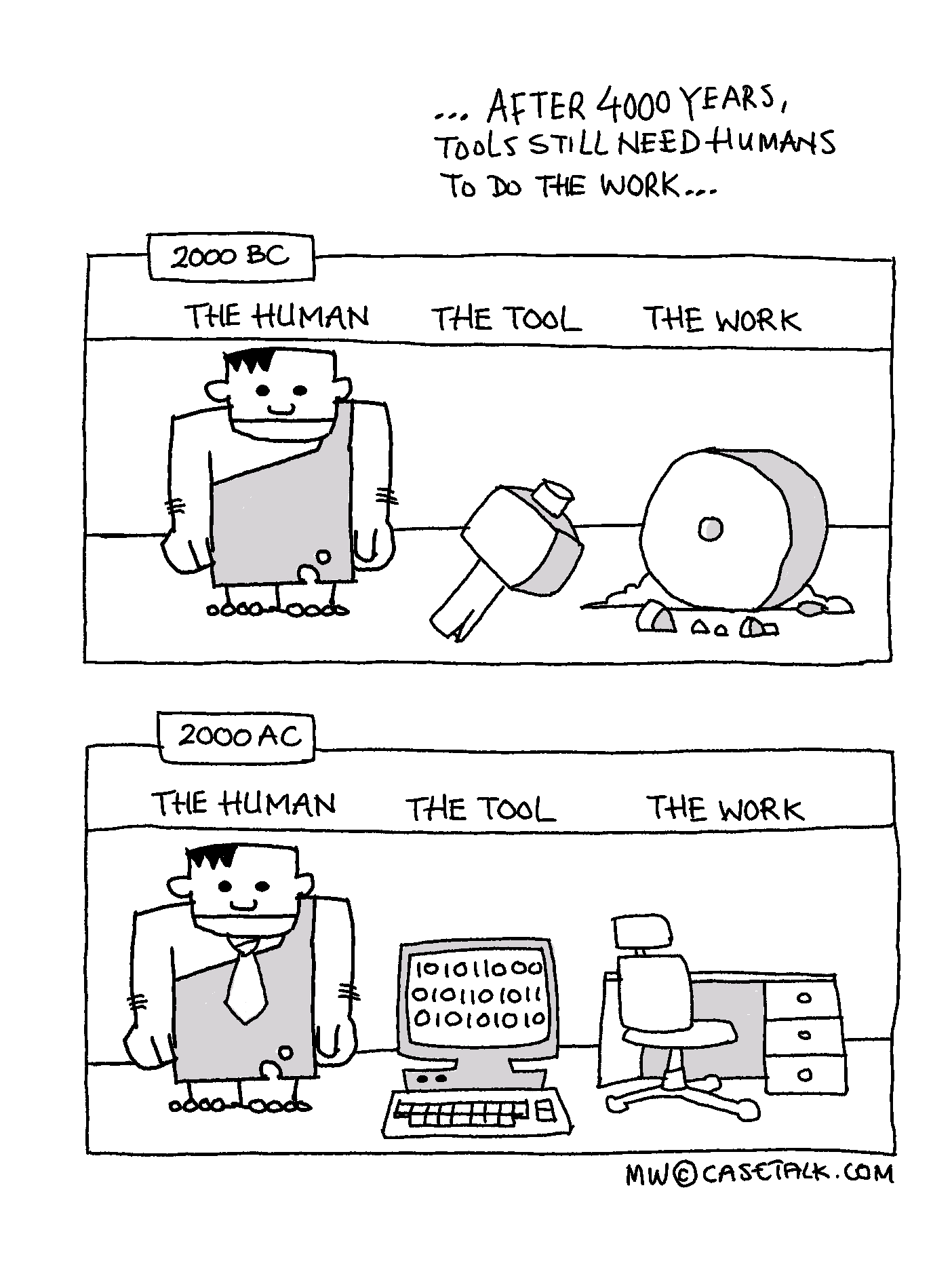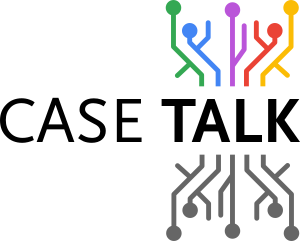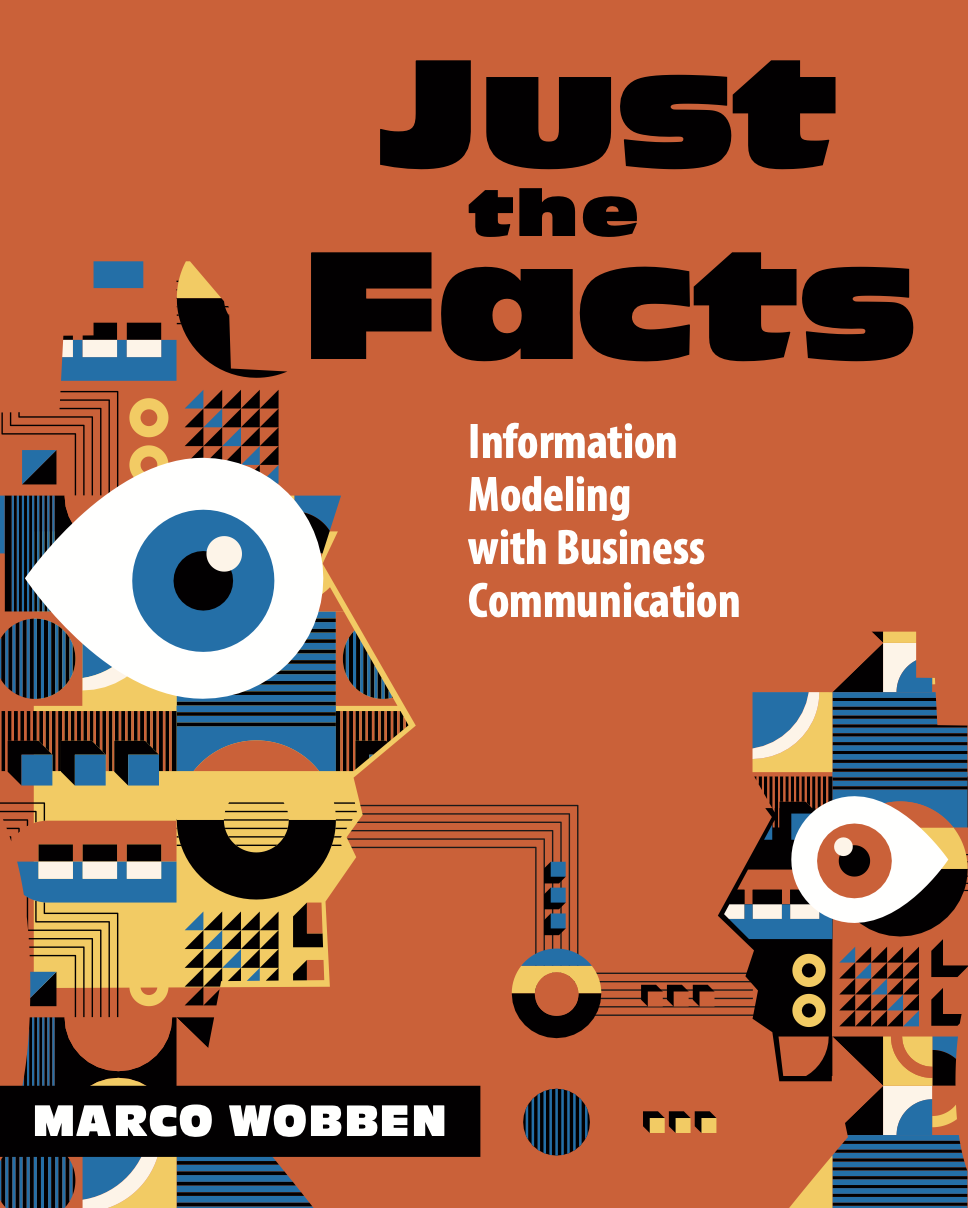Tools, regardless of their sophistication, inherently require human intervention for several pivotal reasons. At the core, tools are the offspring of human ingenuity, designed to extend our capabilities, not replace them. They are conceived, designed, and refined based on human needs, desires, and intellect, serving as a bridge between the conceptual and the tangible. Even in the age of autonomous technology and artificial intelligence, human oversight remains crucial. This is because tools lack the nuanced understanding and ethical reasoning that humans possess. They can execute tasks, optimize processes, and even learn from patterns, but they cannot comprehend the moral, social, and existential implications of their actions. Human intervention ensures that tools are used ethically, responsibly, and effectively, aligning technological advancements with humanity's broader goals and values.
Fact-oriented modeling plays a critical role in this landscape by translating the complexity of human thought and language into precise, actionable information systems. In an era where data is as valuable as currency, the clarity and accuracy of that data are paramount. Fact-oriented modeling strips away ambiguity, ensuring that the information systems we build not only serve our immediate needs but are also adaptable and scalable.
This modeling approach acknowledges the inherent complexity of human communication and the nuanced realities of our world, providing a structured framework that can accommodate this complexity. By doing so, it ensures that our tools and technologies remain aligned with our evolving needs, capable of interpreting and acting upon the world in a manner that reflects human intent and understanding.
Read more about our training to get you ahead in the age of data and tools.
As we navigate the challenges and opportunities of the information technology age, the synergy between human oversight and precise modeling becomes not just beneficial but essential, ensuring that our technological tools serve us, rather than the other way around.

 This license allows reusers to copy and distribute the material in any medium or format in unadapted form only, for noncommercial purposes only, and only so long as attribution is given to the creator.
This license allows reusers to copy and distribute the material in any medium or format in unadapted form only, for noncommercial purposes only, and only so long as attribution is given to the creator.
CC BY-NC-ND includes the following elements:
- BY – Credit must be given to the creator
- NC – Only noncommercial uses of the work are permitted
- ND – No derivatives or adaptations of the work are permitted


